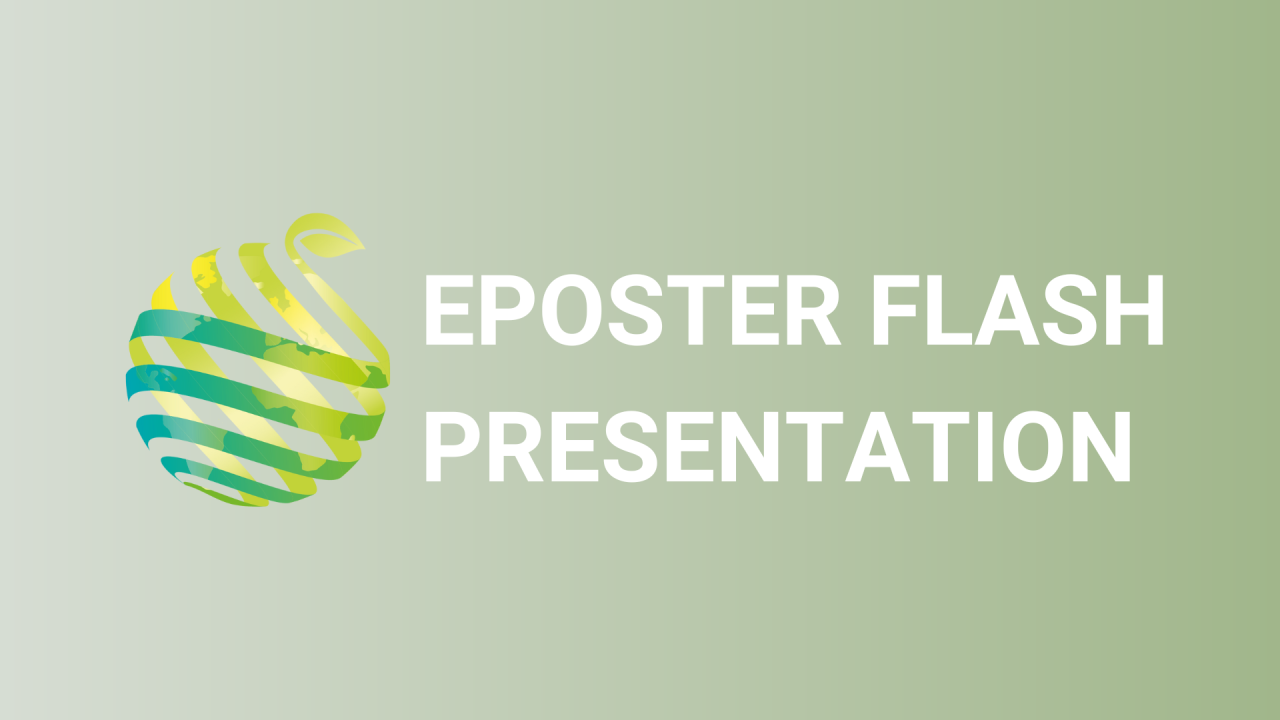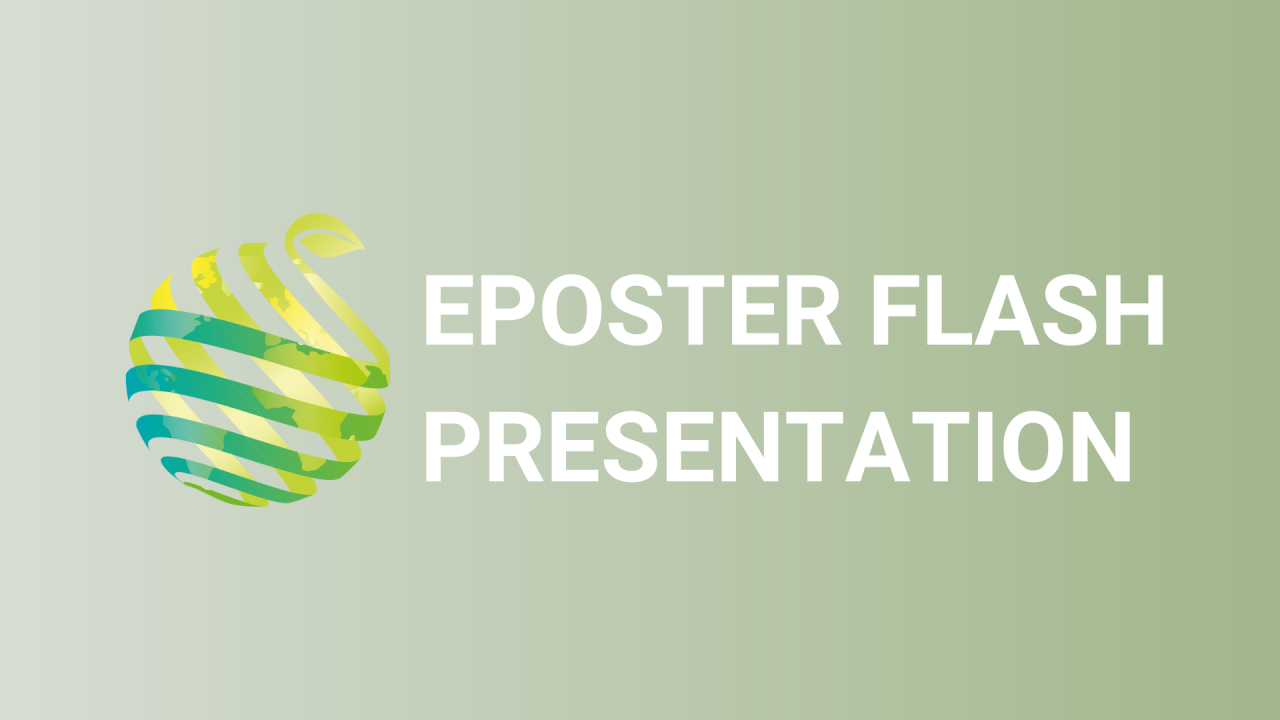

S06 - Session P15 - Innovations in supplementary light in horticulture - The Effect of LED Supplementary Light Intensity on Photosynthetic Rate and Yield in out-of-season glasshouse production of Junebearer Strawberry
Information
Authors: Cristian Hernández *, Herman Silva, Vicente Martínez, Víctor Hugo Escalona
The light spectrum plays an essential role in vegetables by altering the morphology and concentration of bioactive molecules. The current research aimed to determine the impact of LED supplementation of ambient light on 'Lavinia' lettuce ( Lactuca sativa L.) inside a plastic greenhouse. Plants with 3 to 4 true leaves were transplanted to a hydroponic system in plastic trays of 7.2 L capacity and treated by five LED light treatments from 6 am to 8 pm for 14 days until harvest. The LED lights used were blue (361 µmol m -2 s -1 ), red (376 µmol m -2 s -1 ), white-blue (495 µmol m -2 s -1 ), white-red (436 µmol m -2 s -1 ), and white (control) (406 µmol m -2 s -1 ). At harvest, lettuce plants under red light showed lower fresh and dry weights than the other LED light treatments. As a result, the plants had a significantly lower dry matter percentage (DM) than the control and white-red light. On the other hand, DM under white-red light was substantially higher than that of the control. Lettuce plants showed significantly higher antioxidant capacity under white-blue and blue than control (white). In contrast, lettuce plants grown under red and white-red showed the lowest antioxidant capacity. Blue light significantly increased the phenolic content of lettuce plants compared to the control. In contrast, red and white-red lights significantly decreased the phenolic content compared to blue and white-blue lights, but no significant differences were observed with the control. Light spectrum adjustment between 360 y 495 µmol m -2 s -1 improved Lavinia lettuce plant performances. Full spectra of light with higher blue or red components favoured the fresh weight of the Lavinia lettuce plant, while red light is not appropriate. Full-spectrum with a higher proportion of red improved DM, while lamps with higher blue component benefited the accumulation of antioxidant compounds.